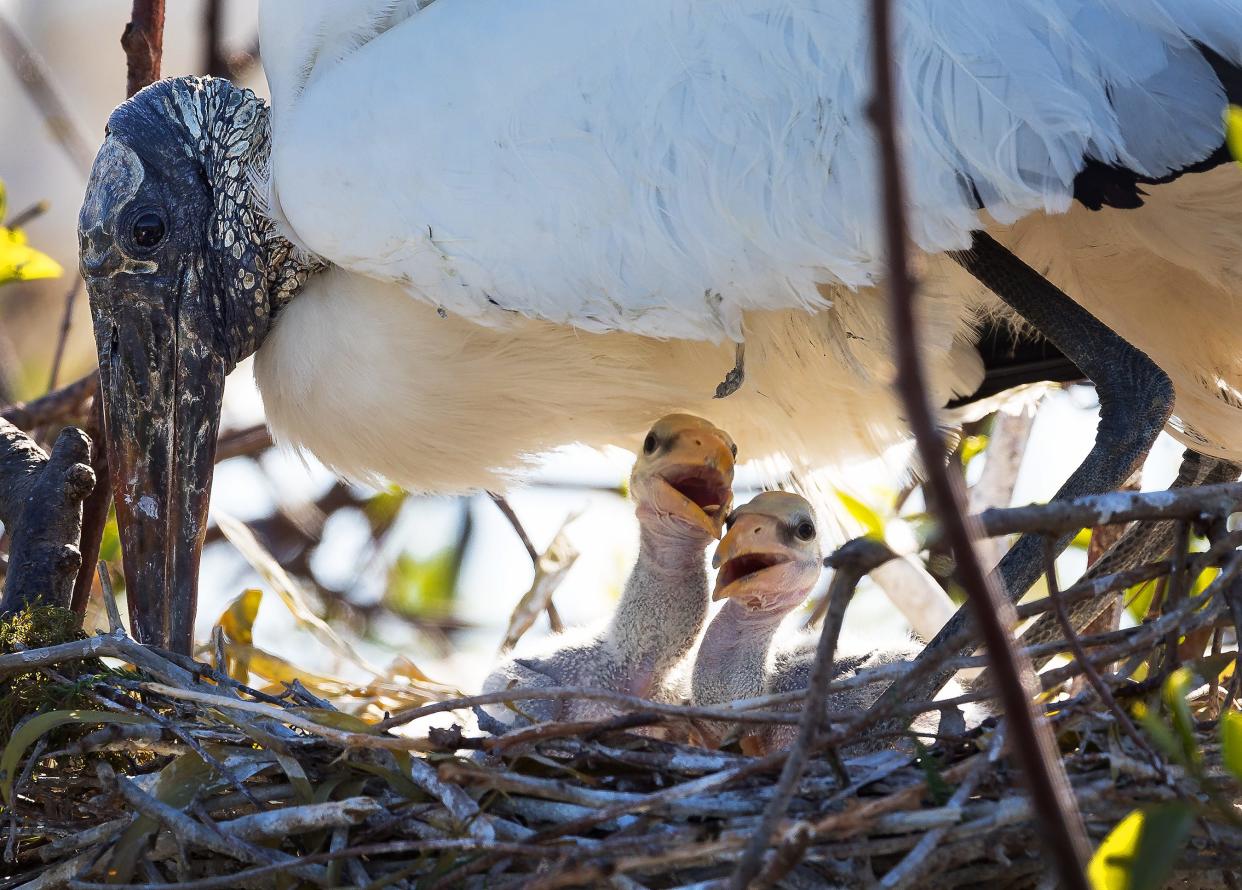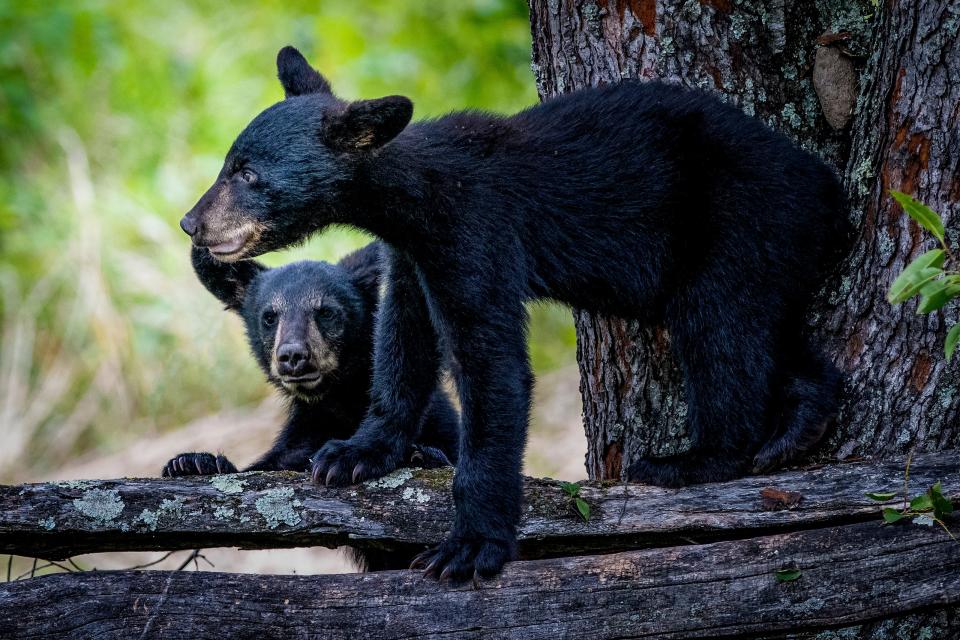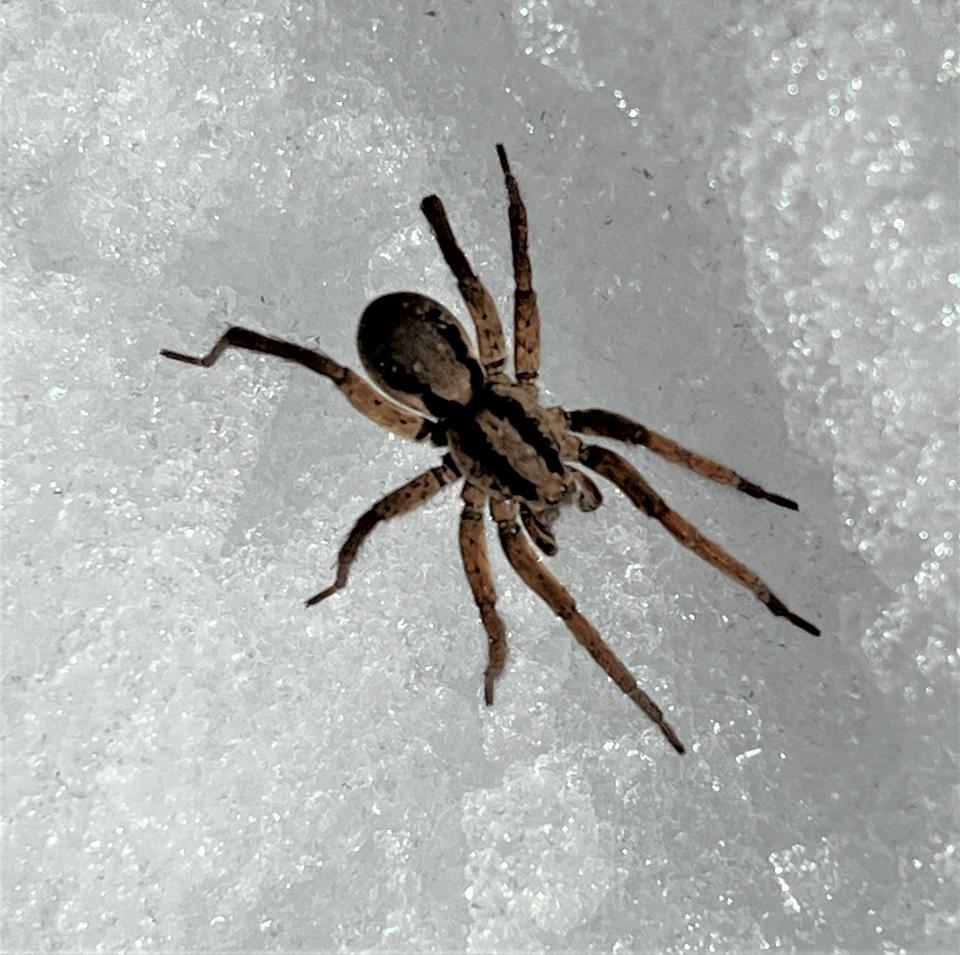Meet the most amazing animal moms

Mother’s Day is a special time of year where you should make an extra special effort to thank your mom for all they have done for you — and it’s a lot!
Mothers sacrifice a lot for their kids, and it’s often in ways that seem just normal. While it might be normal, mothers all over the animal kingdom give up a lot of themselves in order to provide their offspring with what they need to survive.
Let’s take a look at just a few of the most remarkable mothers in the animal kingdom.
Opossum moms
The opossum is the only marsupial in North America. The tiny opossum babies are born just 12 days after the mom mates.
However, marsupials give birth to very underdeveloped babies and they continue to develop in an external pouch. The opossum can give birth to up to 20 tiny babies.
However, the mother only has 13 nipples and are pretty much connected to them all the time while in the pouch. Therefore, only the first 13 babies typically survive. These tiny babies stay in the mother for 60-80 days, then the mom works even harder. She carries the babies on her back for the next two months. All of them at one time, nearly everywhere she goes.
In conclusion, when an opossum becomes a mom, she will carry these kids nonstop for four months. That’s quite a mom!
Black bear moms
Black bear babies are born extremely tiny while their mother is in her winter den. The cubs weigh in at only about 300 grams at birth and are blind and toothless.
They spend the rest of winter nursing from their mother, who does not eat or drink anything all season long while in the den. Therefore, all the nutrients that are helping the cubs grow are coming straight from the mother’s fat reserves.
By the time spring comes, the cubs are significantly larger and wander out of the den for the first time with their mother. However, her work is not over. While some animal dads work incredibly hard to help raise the young, black bear dads will not win any parenting award. His only role is to mate with the mother, then he is gone. She is forever a single mom.

In the meantime, a mother black bear is still teaching her cubs how to live life in the wild the entire first year. When the next winter rolls around, the cubs join the mother in the den.
Finally, when they emerge from the den in the spring, the mother will run the cubs off to start their own life.
Wolf spider moms
People are often scared of these creatures. However, they are harmless and so beneficial to our environment. Another reason to appreciate these spiders is that they are amazing moms.
Most insects and arachnids lay eggs and take off. The hatchlings are on their own when it comes to figuring out life. This is one reason why these species lay so many eggs. Only a small percentage survive to adulthood. The rest are often eaten.
As the wolf spider mom lays eggs, she wraps each one in silk and then sticks it on her back. She will carry as many as 100 eggs on her back until they hatch. Once they do hatch, she will continue to carry the 100 babies on her back for another week. The wolf spider would probably win the Best Arachnid Mom award.

Bird moms
We know that birds make elaborate nests to raise their babies, but that is the easy part. When the female lays fertilized eggs, she needs to sit on them nearly all day and night to keep them warm. She does this in all kinds of weather.
When those spring storms with strong winds, lightning and hail arrive, you get to run for cover into your house. The mother bird continues to sit on the eggs, as that is when they are most vulnerable. There have been instances where eagles have been buried up to their neck in snow while they continued to sit on their eggs. It’s that important to them!
When the eggs finally hatch, the work obviously shifts to around-the-clock feeding of the babies. And then when the baby birds eat, they poop. The smell of bird poop might attract predators, so the mom continually carries the baby poop away from the nest to keep them safe.
While these animal moms sacrifice so much for the care of their young, another animal mom does too — your mom. Most kids take for granted how much they depend on their moms, but moms do a lot to help us grow into great adults.
In this week after Mother’s Day, continue to take some time to thank Mom for all she has done for you.
Mike Szydlowski is a science teacher and zoo facilitator at Jefferson STEAM School.
TIME FOR A POP QUIZ
Why do bird moms work so hard to keep the nest clean?
Why do most insects lay so many eggs?
Why do black bears spend most of the fall season eating?
How is the wolf spider mom's behavior different than almost all other spiders?
What is a marsupial?
LAST WEEK'S QUIZ ANSWERS
Why did the red fox population increase while the gray fox population decreased when humans came to colonize North America?
The red fox took advantage of human behaviors to thrive while the gray fox avoided humans.
In what two ways does the red fox benefit from humans?
Foxes have taken advantage of all the food that is around humans.
Humans act as inadvertent bodyguards for the fox (against coyotes).
How do humans benefit from the red fox?
Foxes eat rodents, who carry Lyme disease. Humans get Lyme disease from insects that bite a rodent, then a human. Less rodents means less Lyme disease.
At what time of year are chicken coops most at risk from foxes? Why?
Spring is the most dangerous time for chicken coops because that is when the fox parents are providing food for all the growing babies.
Why does the fox kill all the chickens in a coop when it can only eat a couple?
The fox is worried that the chickens may not be there in the future, so it kills them and plans on coming back to eat them later.
This article originally appeared on Columbia Daily Tribune: Meet the most amazing animal moms

